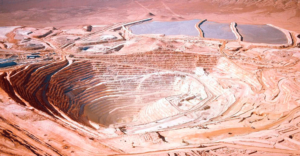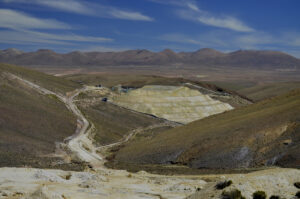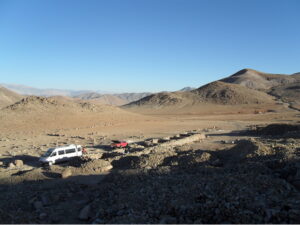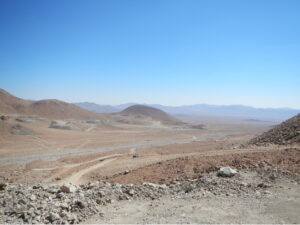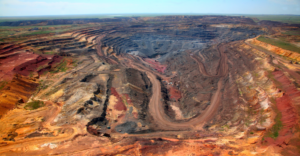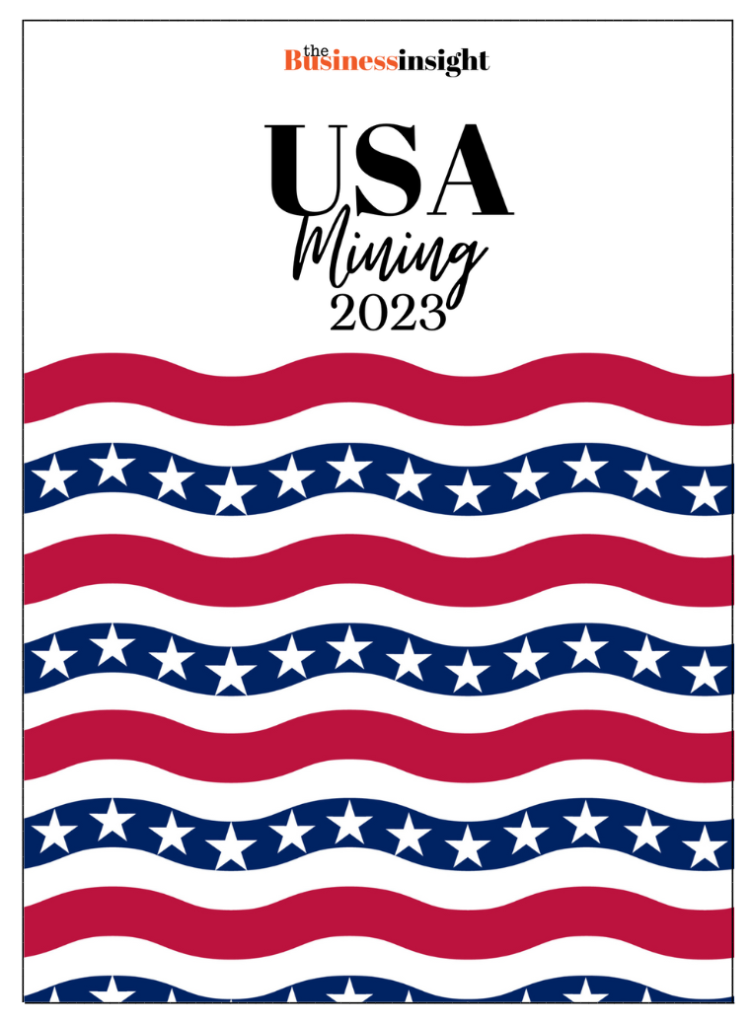
- USA | 12 September 2020
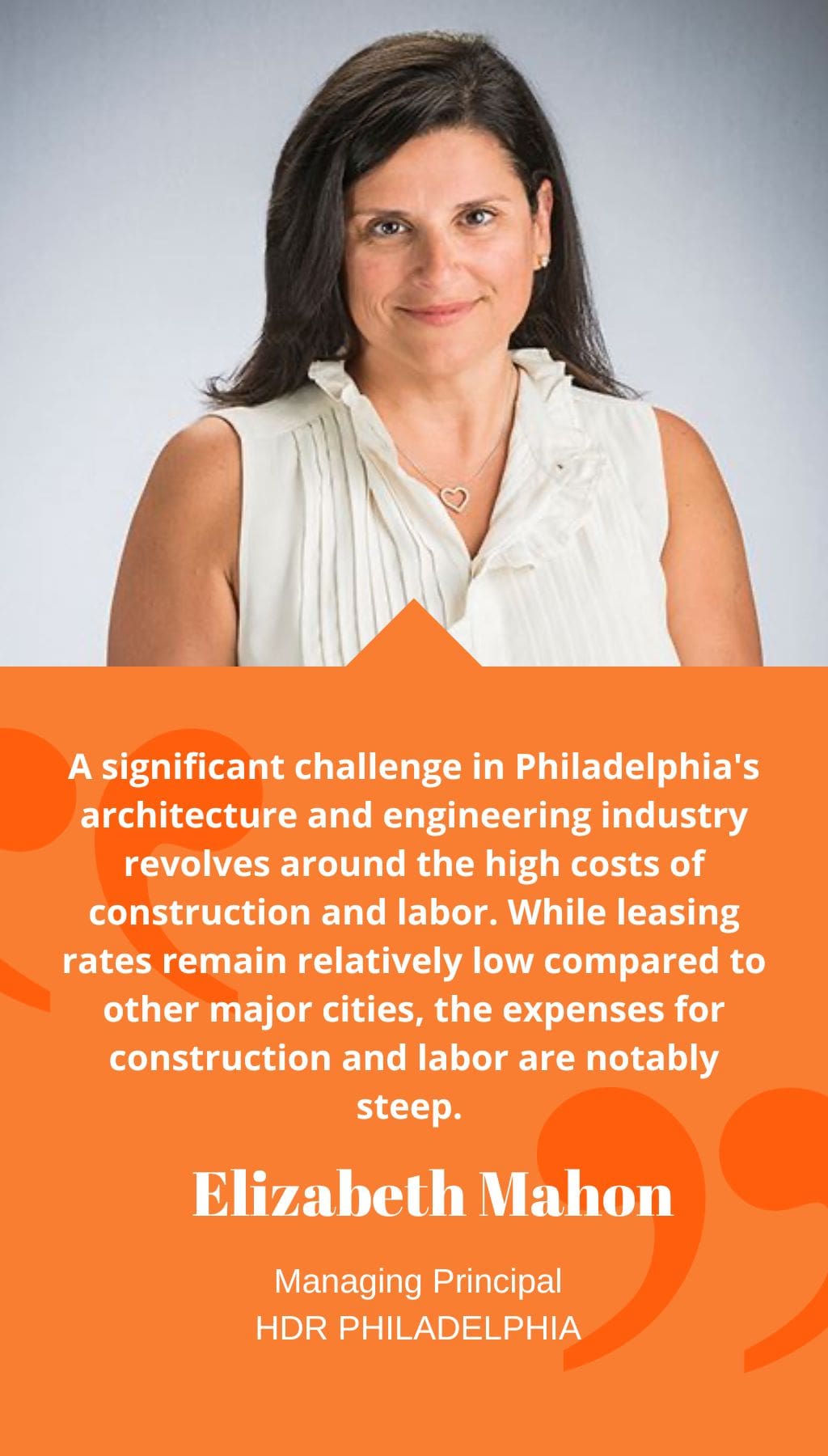
What digital technologies does HDR utilize in its design process?
Our main tools are building information modeling (BIM) and project information management platforms. We predominantly work with Autodesk’s Revit platform, a widely used software in the industry. Cloud-based collaboration plays a crucial role, allowing our teams, whether in the office, on-site, or remote, to access and work on the same models. This BIM collaboration significantly streamlines our workflows and enables real-time alterations. Additionally, we use Bluebeam Revu for marking up drawing sets, facilitating internal team coordination and communication with our consultants. These digital tools have seamlessly facilitated our transition to remote work.
What new trends do you anticipate in building engineering for 2021?
One significant trend we foresee is the growing adoption of prefabrication or off-site fabrication. We’ve already begun integrating this approach into some of our projects. Contractors are increasingly embracing it because it not only shortens construction periods but also leads to cost savings. Any method that enhances construction efficiency or reduces time is likely to become more prevalent. Moreover, the industry is shifting towards innovation in smart buildings, sustainable designs, touchless technology, and HDR is collaborating with clients to drive these advancements forward.
What challenges and opportunities does the architecture industry face in Philadelphia?
A significant challenge in Philadelphia’s architecture and engineering industry revolves around the high costs of construction and labor. While leasing rates remain relatively low compared to other major cities, the expenses for construction and labor are notably steep. This imbalance makes it challenging for clients and developers to achieve the desired return on their investments in new buildings. Architects often encounter limitations while designing within a specified budget, constraining the range of materials or design elements they can incorporate. Despite these obstacles, our architects at HDR embrace these challenges as opportunities for creativity to flourish.








